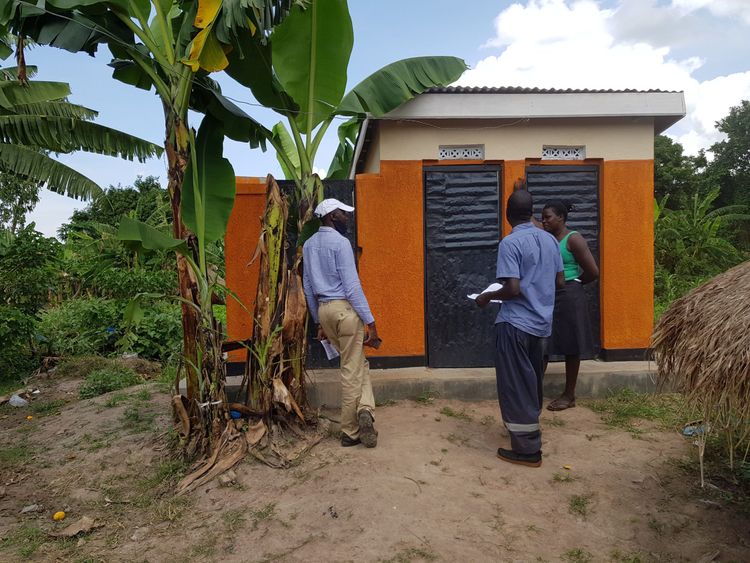Financing incentives for household sanitation in Uganda
Contributed by Felix Twinomucunguzi, Trinah Kyomugisha (Ministry of Water and Environment Uganda), Joan Asiimwe, Fred Nuwagaba (GIZ Sanitation for Millions), and Prit Salian (I-San Consulting)

Contributed by Felix Twinomucunguzi, Trinah Kyomugisha (Ministry of Water and Environment Uganda), Joan Asiimwe, Fred Nuwagaba (GIZ Sanitation for Millions), and Prit Salian (I-San Consulting)
